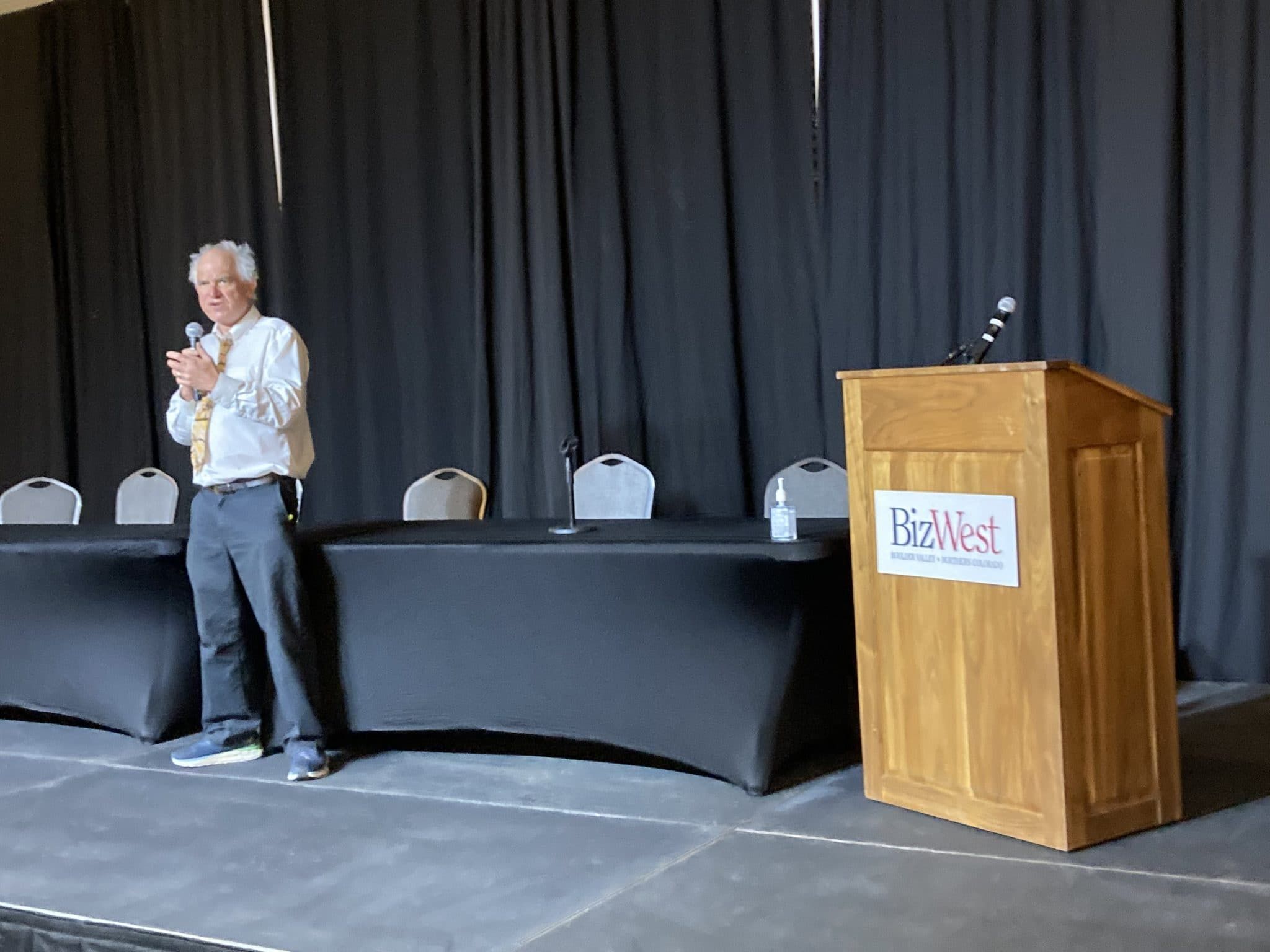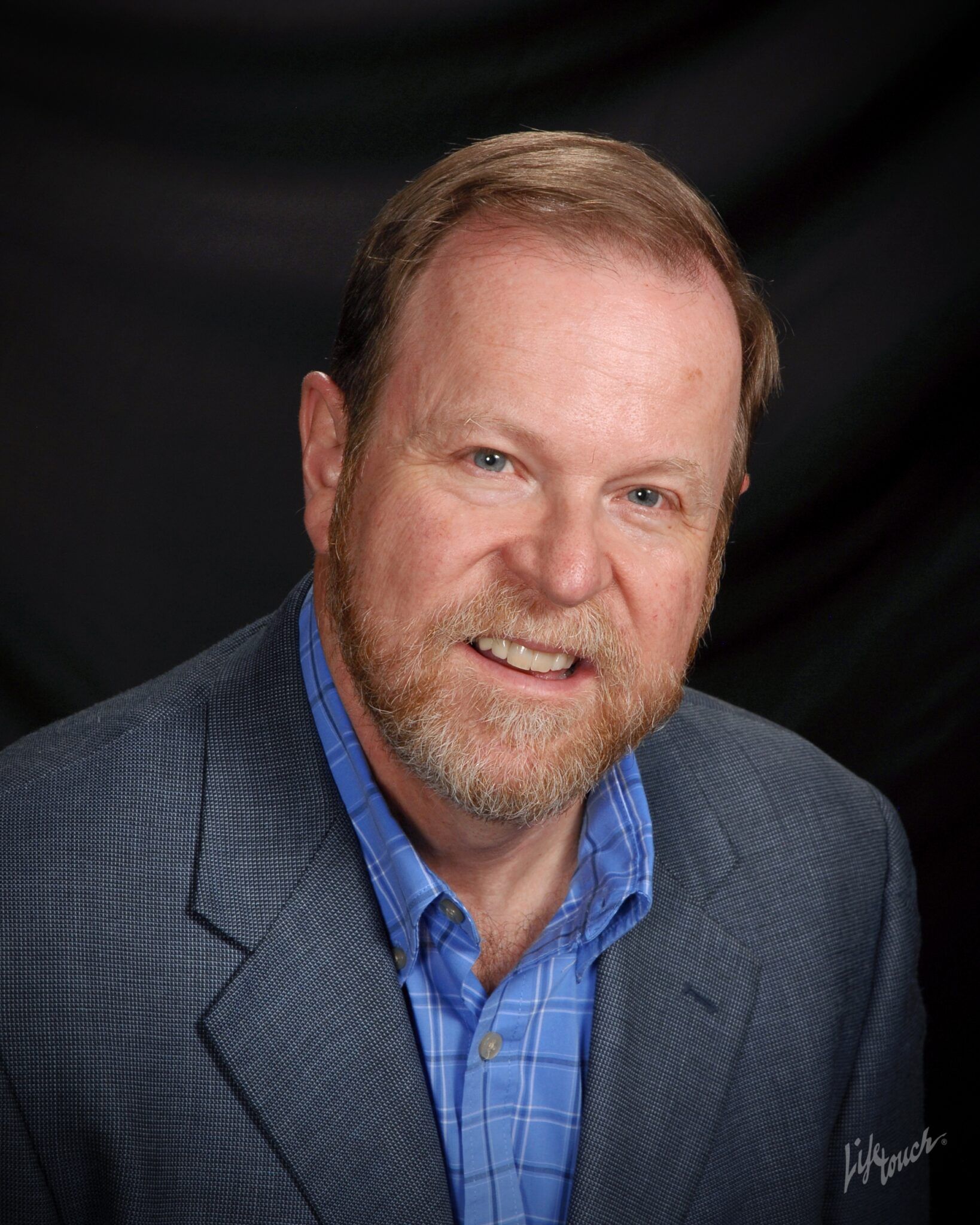Net Zero Cities: Regulatory environment factors into emission reductions

LOVELAND — Will Toor, director of the Colorado Energy Office, has been riding a wave of what he described as “pent-up demand for conservation legislation” since the election of Gov. Jared Polis and control of the Legislature by a Democratic majority.
And that wave encompasses all the major economic sectors that make up the generation of greenhouse gases: utilities, transportation, the oil and gas industry, building energy use, and industry.
Toor was the keynote speaker at the BizWest Net Zero Cities event held Wednesday at the Ranch events complex in Loveland.
SPONSORED CONTENT
Exploring & expressing grief
Support groups and events, as well as creative therapies and professional counseling, are all ways in which Pathways supports individuals dealing with grief and loss.
The most overarching legislation, Toor said, was passage of House Bill 19-1261, which set state greenhouse-gas reduction targets of 50% by 2030 and 90% by 2050. Everything else fell beneath that using regulatory and tax measures to help drive the changes.
Utilities
Toor said the state made climate issues central to utility regulation. “It took the voluntary aspirations of Xcel and put those into statute,” he said. Then those were made to also apply to other utilities in the state. The state also began to calculate the social costs of carbon and methane emissions and applied those to the regulatory structures created.
The effect of regulation along with the voluntary acts of utilities — to take economic advantage of the lower costs to produce electricity with wind or solar over what it costs to generate power with coal — has resulted in a projected 80% reduction in greenhouse gases from utilities by 2030, well ahead of the target. Xcel, the largest power producer in the state, will likely eliminate all coal generation by 2031, Toor said.
“Not that long ago, Colorado was one of the heaviest coal users in the nation,” he said. “It’s a remarkable transformation.”
The state has also placed an emphasis on “just transition” for coal communities such as Pueblo, Hayden and Craig, where coal-fired power plants make up a significant piece of the local economy. Cushioning provisions have been put in place to assist those communities, he said.
Oil and gas
Toor said a 60% target has been established for the oil and gas industry to reduce its greenhouse gas emissions. He said strategies include a higher frequency of leak detection and repair. Companies in the industry will be required to draft individualized plans to achieve the targets.
Industrial sector
Reductions in the industrial sector will be slower than with utilities and the oil and gas industry, and efforts are underway with national and international companies to make sure that an industry doesn’t just move its emissions to another part of the world where regulations are less strict.
The greenhouse-gas reduction target for industry is 20%, he said.
Strategies include audits of facilities in search of opportunities and cost-effective technologies that industries would then be required to implement.
Toor cited the steel mill in Pueblo, which as a result of recent investment is now among the most efficient in the world because it uses an electric arc furnace to produce the steel. “It’s approaching something like zero-emission steel production,” he said.
Buildings
Buildings, as well as the transportation sector, pose scale issues, because “you have millions of generators” of greenhouse gases. The state is “creating a set of tools to decarbonize buildings,” he said. Tools could include use of electric heat pumps instead of more-traditional heating systems. Senate Bill 246 established rebates to customers who add heat pumps, along with a state “green bank” to help building owners finance some of the changes.
The target in this economic sector is a 20% reduction in greenhouse emissions.
Transportation
Now that utilities are well on their way to reducing emissions, the transportation sector is the largest generator of greenhouse gases.
“Clearly, this involves a large number of different people from local governments to individuals making decisions on what vehicles they’ll acquire and where they’ll live relative to work,” Toor said.
The state will be making major investments in electric-vehicle infrastructure — charging stations statewide, for example — and incentives for vehicle fleets, including school buses.
“The diesel school bus for some kids causes the highest exposure to air pollution in their lives,” he said. Once those buses are replaced with battery-powered fleets, the state may have an opportunity to harness those batteries during off hours to store excess solar power.
In response to a question about what isn’t being done to combat climate change, Toor said he has an interest in land use as a factor in energy decisions — “building houses where the jobs are.”
He also said that nuclear energy generation is among the technologies that the state may need to employ to reach 100% renewable energy. “When you look past 2030, how do we go from 90% to 100%,” he asked. Nuclear and hydrogen technologies may be among the solutions, but “very few utilities are looking at nuclear” right now.
LOVELAND — Will Toor, director of the Colorado Energy Office, has been riding a wave of what he described as “pent-up demand for conservation legislation” since the election of Gov. Jared Polis and control of the Legislature by a Democratic majority.
And that wave encompasses all the major economic sectors that make up the generation of greenhouse gases: utilities, transportation, the oil and gas industry, building energy use, and industry.
Toor was the keynote speaker at the BizWest Net Zero Cities event held Wednesday at the Ranch events complex in Loveland.
The most overarching legislation, Toor said, was passage of House Bill 19-1261,…
THIS ARTICLE IS FOR SUBSCRIBERS ONLY
Continue reading for less than $3 per week!
Get a month of award-winning local business news, trends and insights
Access award-winning content today!


